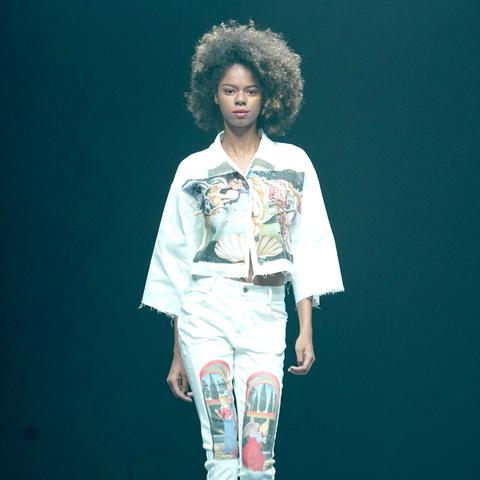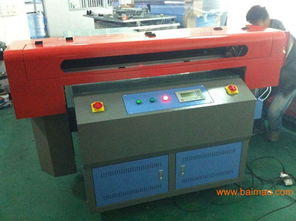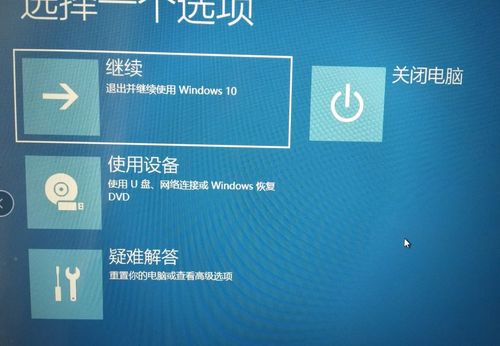Characteristics of the Textile Industry:A Comprehensive Analysis
The textile industry is a complex and multifaceted sector that encompasses various stages of production, from raw material procurement to finished product distribution. This industry is characterized by its high level of interconnectivity, with the global supply chain being highly interdependent. The primary products of the textile industry are textiles, garments, and accessories, which are used for both personal and commercial purposes. The textile industry is also highly labor-intensive and has a significant impact on the environment, as it consumes a large amount of water, energy, and raw materials. Despite these challenges, the industry continues to evolve and adapt to changing market trends and technological advancements.
Introduction: The textile industry is a crucial sector in many countries, contributing significantly to economic growth and job creation. This industry encompasses a wide range of products such as clothing, home textiles, industrial fabrics, and more. In this article, we will analyze the characteristics of the textile industry, including its production process, market dynamics, competitive landscape, and future trends. We will also use an example to illustrate how these characteristics are reflected in real-world scenarios.
Production Process: The production process in the textile industry involves several stages, from raw material procurement to finished product assembly. The first step is the selection of raw materials, which can be natural fibers such as cotton, wool, or synthetic fibers like polyester or nylon. These raw materials undergo various processes to transform them into yarn, which is then woven, knitted, or crocheted into fabric. Finally, the fabric is dyed, printed, or treated to achieve the desired color and texture.
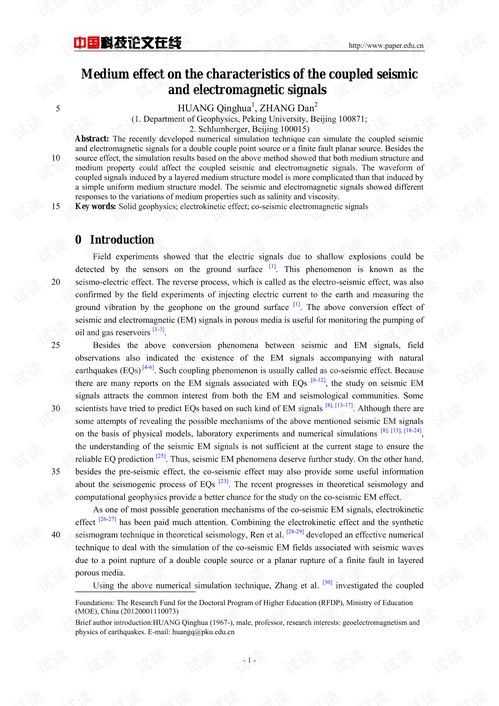
Market Dynamics: The textile industry is highly dynamic, with global demand for different types of textiles varying based on factors such as cultural preferences, economic conditions, and technological advancements. For example, during the COVID-19 pandemic, the demand for face masks and other protective clothing surged, leading to a significant increase in the production of these items. Additionally, emerging markets such as China and India have been driving growth in the textile industry by adopting new technologies and sourcing raw materials from developing countries.
Competitive Landscape: The textile industry is highly competitive, with many players vying for market share. Major players include multinational corporations such as Nike, Adidas, and Puma, as well as smaller companies that specialize in niche markets or produce high-end luxury goods. To succeed in this industry, companies need to focus on innovation, quality, and cost-effectiveness. They must also adapt to changing consumer preferences and embrace emerging technologies such as sustainable practices and digital marketing.
Future Trends: The future of the textile industry looks promising, with several trends shaping its development. One trend is the increasing demand for sustainable and eco-friendly textiles, driven by concerns about environmental impact and consumer awareness. Another trend is the shift towards digitalization, with companies investing in technology to improve efficiency, reduce waste, and enhance customer experience. Additionally, there is a growing interest in fashion that incorporates sustainability and ethical practices, leading to a diversification of the market and opportunities for new business models.
Case Study: One example of the impact of the textile industry's characteristics is the case of the Bangladesh Garment Industry (BGI). BGI is one of the largest garment exporters in the world, producing millions of garments annually for major brands such as Zara and H&M. The industry has experienced rapid growth over the past decade, driven by increased demand for affordable fashion and a favorable trade environment. However, the BGI faces challenges such as low wages, labor exploitation, and environmental pollution. To address these issues, the industry is working towards sustainable practices and improving working conditions through initiatives like Fair Trade and organic certifications.
Conclusion: In conclusion, the textile industry is a complex and diverse sector with numerous characteristics that shape its performance and future prospects. From the production process to market dynamics, competitive landscape, and future trends, the industry offers opportunities for growth and innovation. By embracing sustainable practices and digitalization, companies can position themselves for success in this rapidly evolving industry.
纺织品行业作为全球重要的产业之一,近年来呈现出诸多特征,本篇报告旨在深入分析纺织品行业的现状、发展趋势以及案例,以期为相关企业和决策者提供参考。
纺织品行业概述
纺织品行业主要包括纺织原料的采集、加工、销售等环节,随着科技的进步和人们生活水平的提高,纺织品行业的产品种类和品质也在不断升级,随着全球化的推进,纺织品行业也面临着更多的机遇和挑战。
纺织品行业特征分析
产品类型丰富
纺织品行业的产品类型多样,包括棉、麻、丝、毛、化纤等各类纤维制品,随着环保意识的提高,绿色纺织品逐渐成为市场主流。
技术创新驱动发展
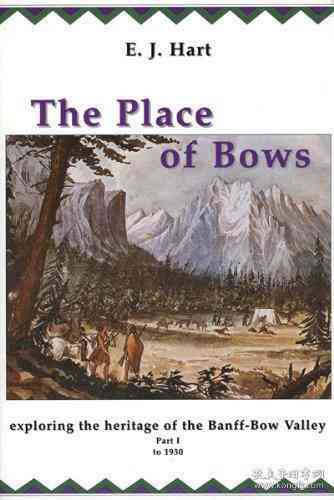
随着科技的进步,纺织品行业的技术创新不断加速,新型纤维材料的研发和应用,提高了纺织品的性能和品质,数字化、智能化等技术的应用也为纺织品行业的发展提供了新的动力。
环保意识增强
随着全球环保意识的提高,纺织品行业也越来越注重环保,绿色纺织品的生产和使用成为行业发展的趋势,绿色供应链的建设也成为纺织品行业的重要发展方向。
国际贸易合作加强
纺织品行业是全球贸易的重要组成部分,各国之间的贸易合作不断加强,随着跨境电商的兴起,纺织品行业的国际贸易更加便捷和高效。
案例分析
以某知名纺织品企业为例,该企业近年来在产品创新、技术创新、环保意识等方面取得了显著成果,具体案例如下:
-
产品创新方面:该企业不断研发新型纤维材料,推出了一系列具有高性能、高品质的纺织品产品,该企业还注重产品的个性化定制,满足不同消费者的需求。
-
技术创新方面:该企业注重技术创新,引进先进的生产设备和技术,提高生产效率和产品质量,该企业还积极推进数字化、智能化技术的应用,提高生产过程的自动化和智能化水平。
-
环保意识方面:该企业在生产过程中注重环保,推行绿色生产模式,该企业还加强与环保组织的合作,推广绿色纺织品的使用和回收利用,该企业还注重绿色供应链的建设,提高资源利用效率。
纺织品行业是一个充满机遇和挑战的行业,在未来的发展中,纺织品行业将继续面临更多的机遇和挑战,为了适应市场需求和行业发展,纺织品行业需要加强技术创新和环保意识,提高产品质量和竞争力,纺织品行业也需要加强国际合作和交流,推动行业的快速发展。
纺织品行业将继续面临更多的发展机遇和挑战,随着科技的进步和人们生活水平的提高,纺织品行业的产品种类和品质将不断提高,随着全球化的推进,纺织品行业也将面临更多的市场机遇和发展空间,为了适应市场需求和行业发展,纺织品行业需要加强品牌建设和营销推广,提高品牌知名度和美誉度,纺织品行业还需要加强技术创新和环保意识,推动行业的可持续发展。
Articles related to the knowledge points of this article:
